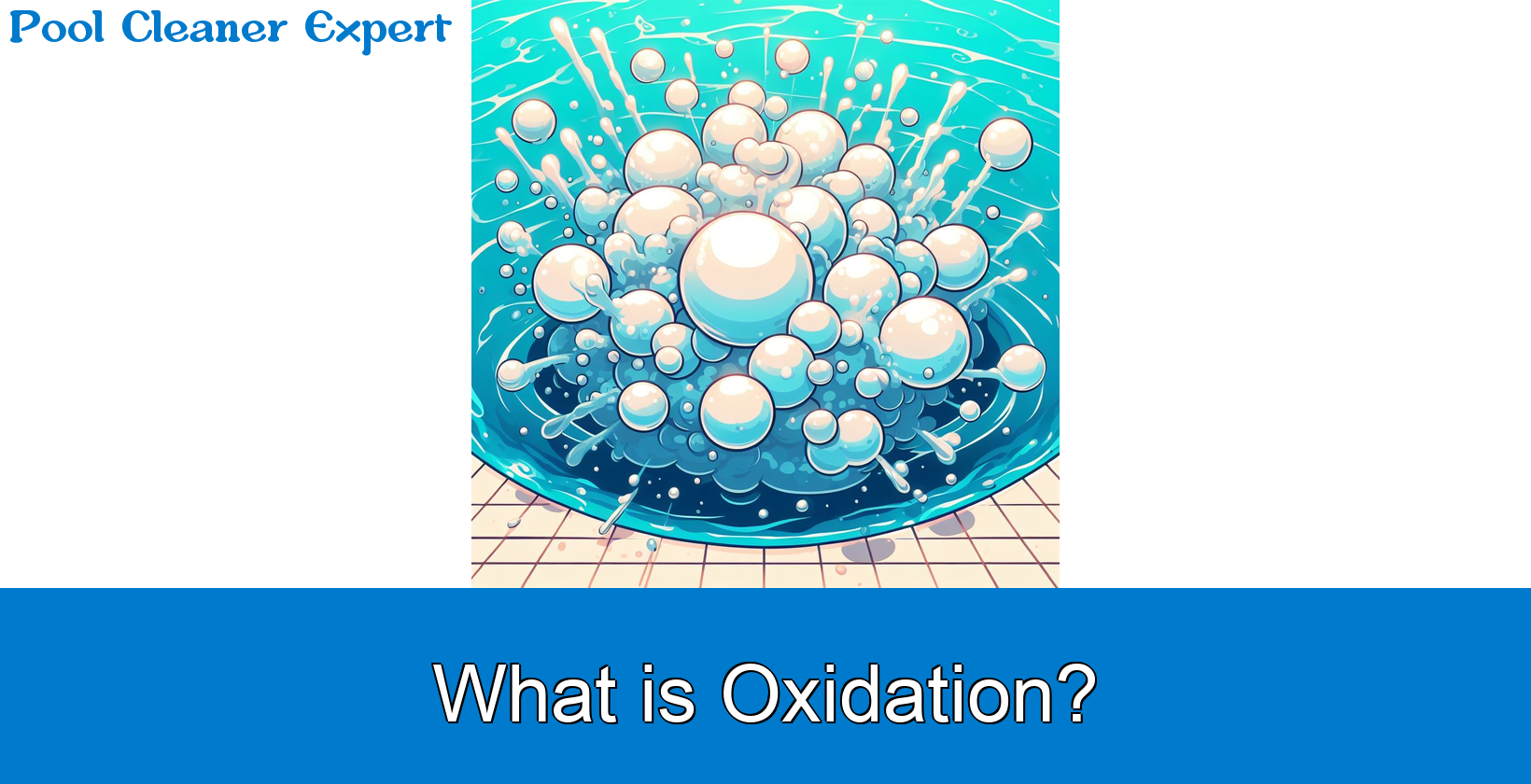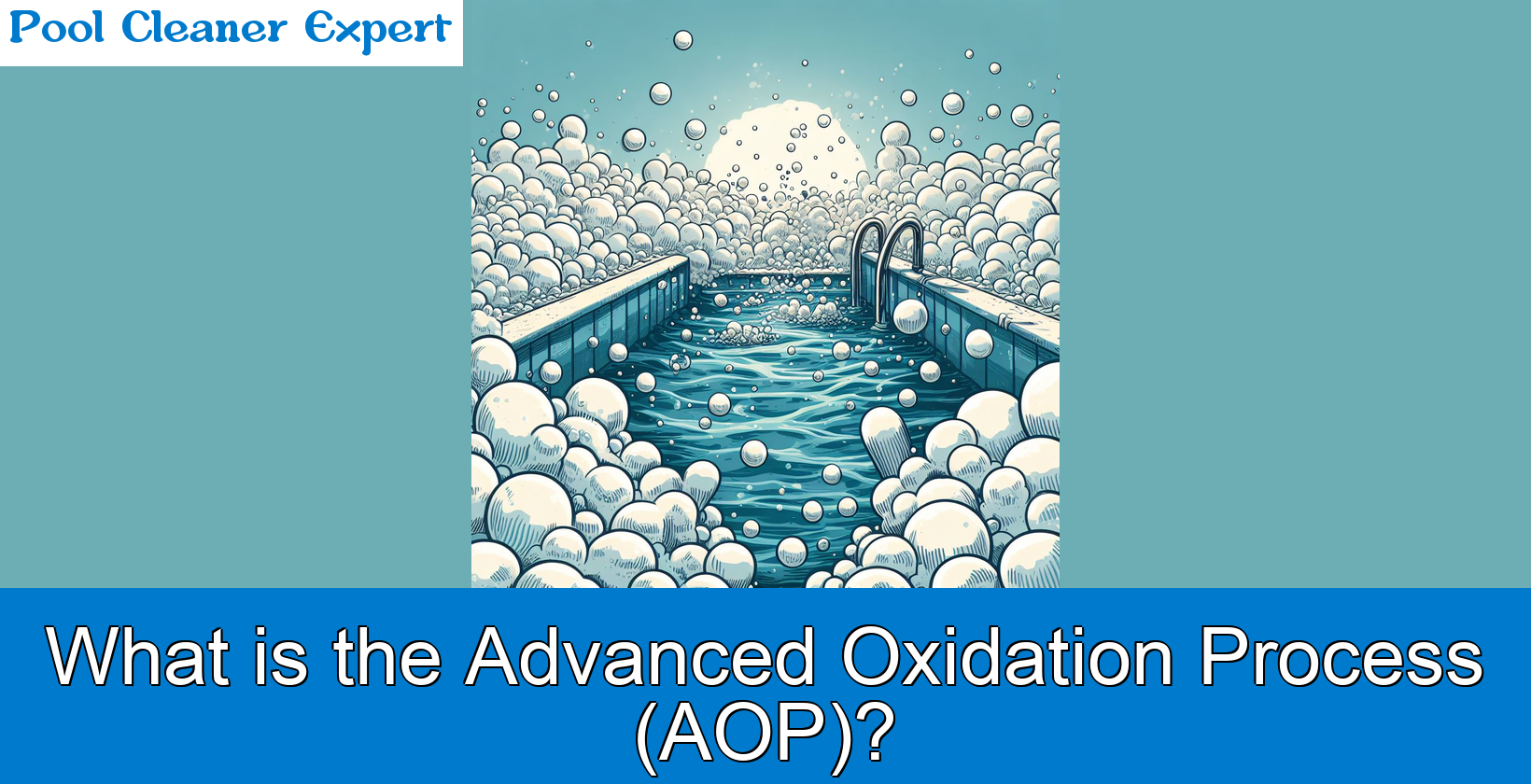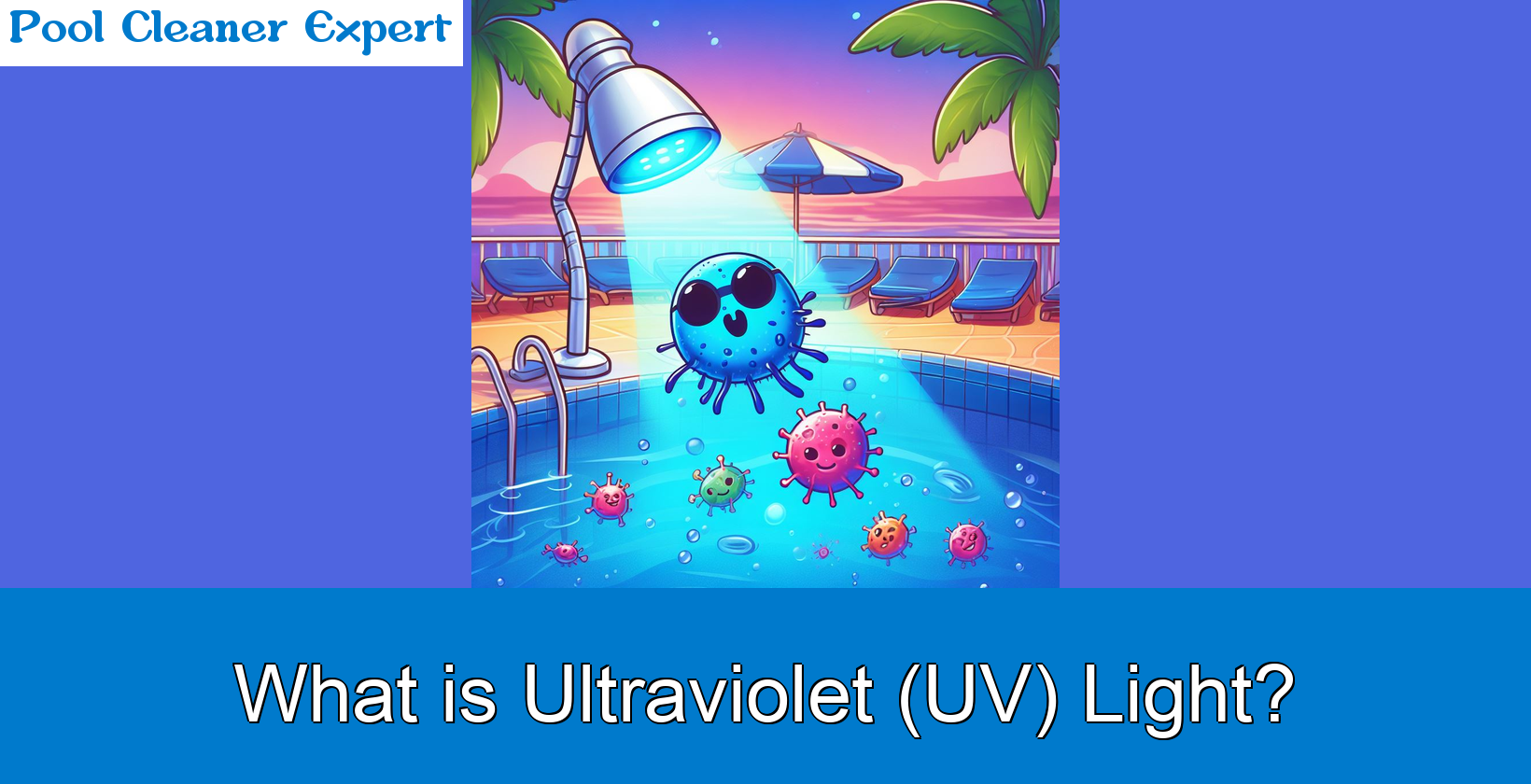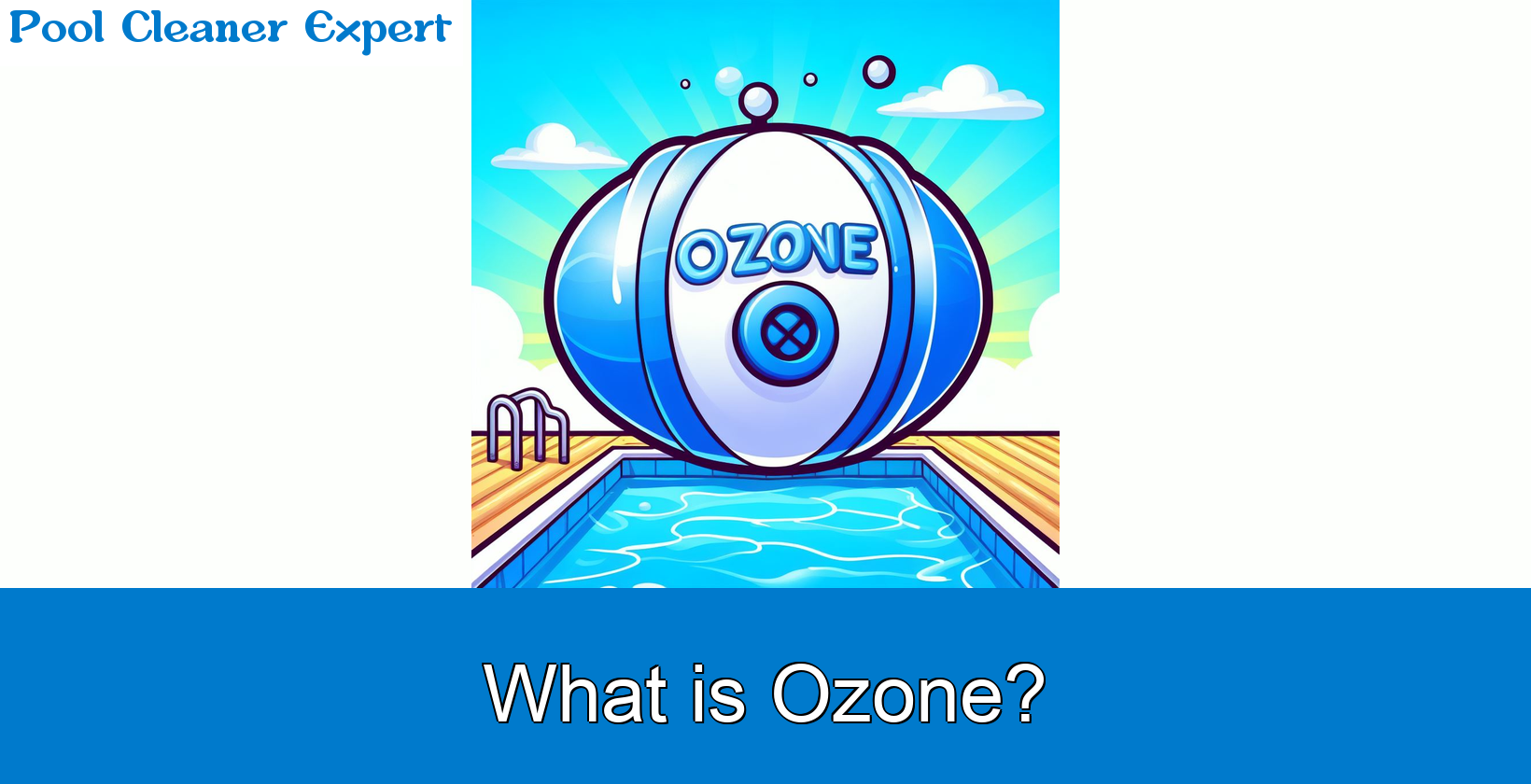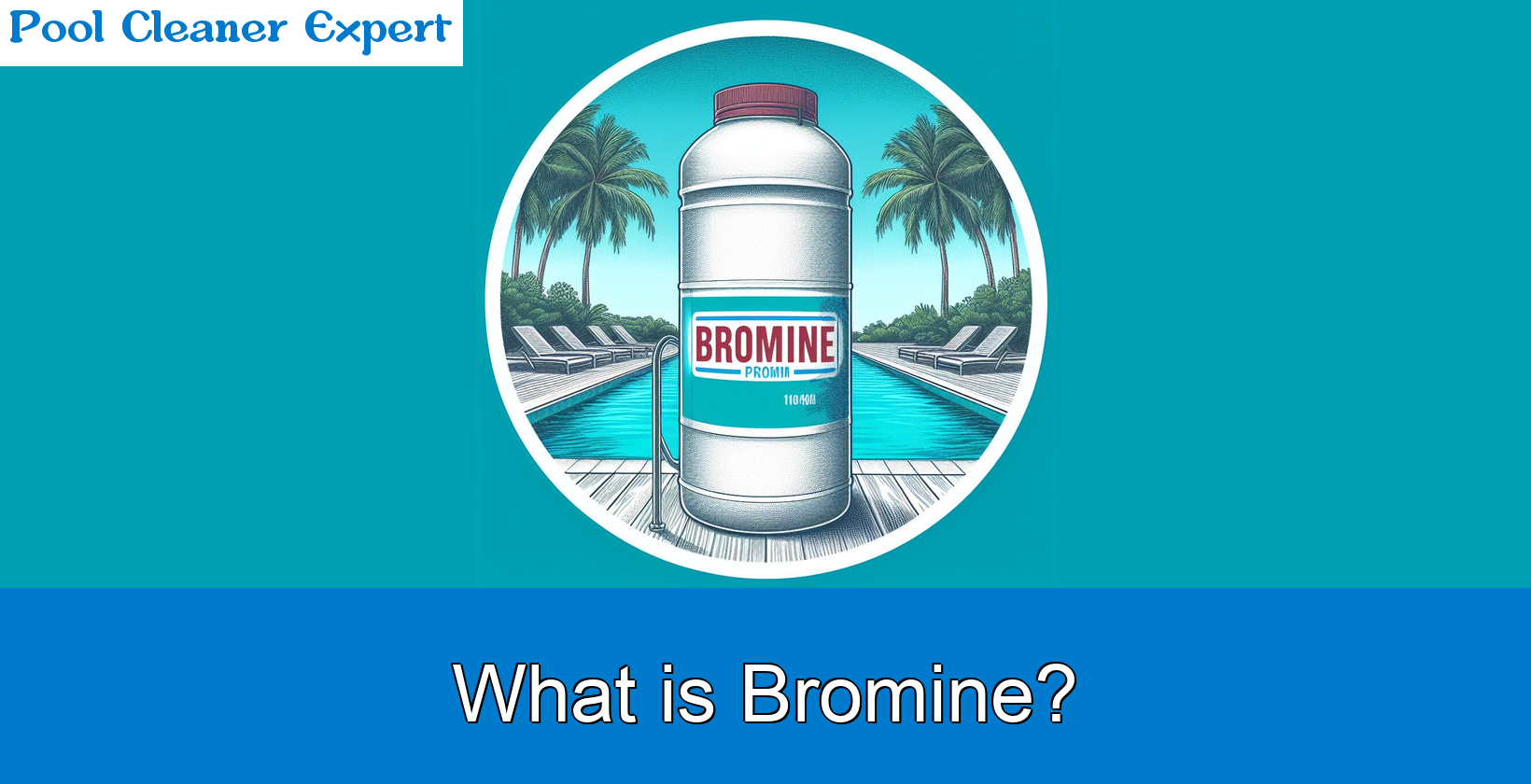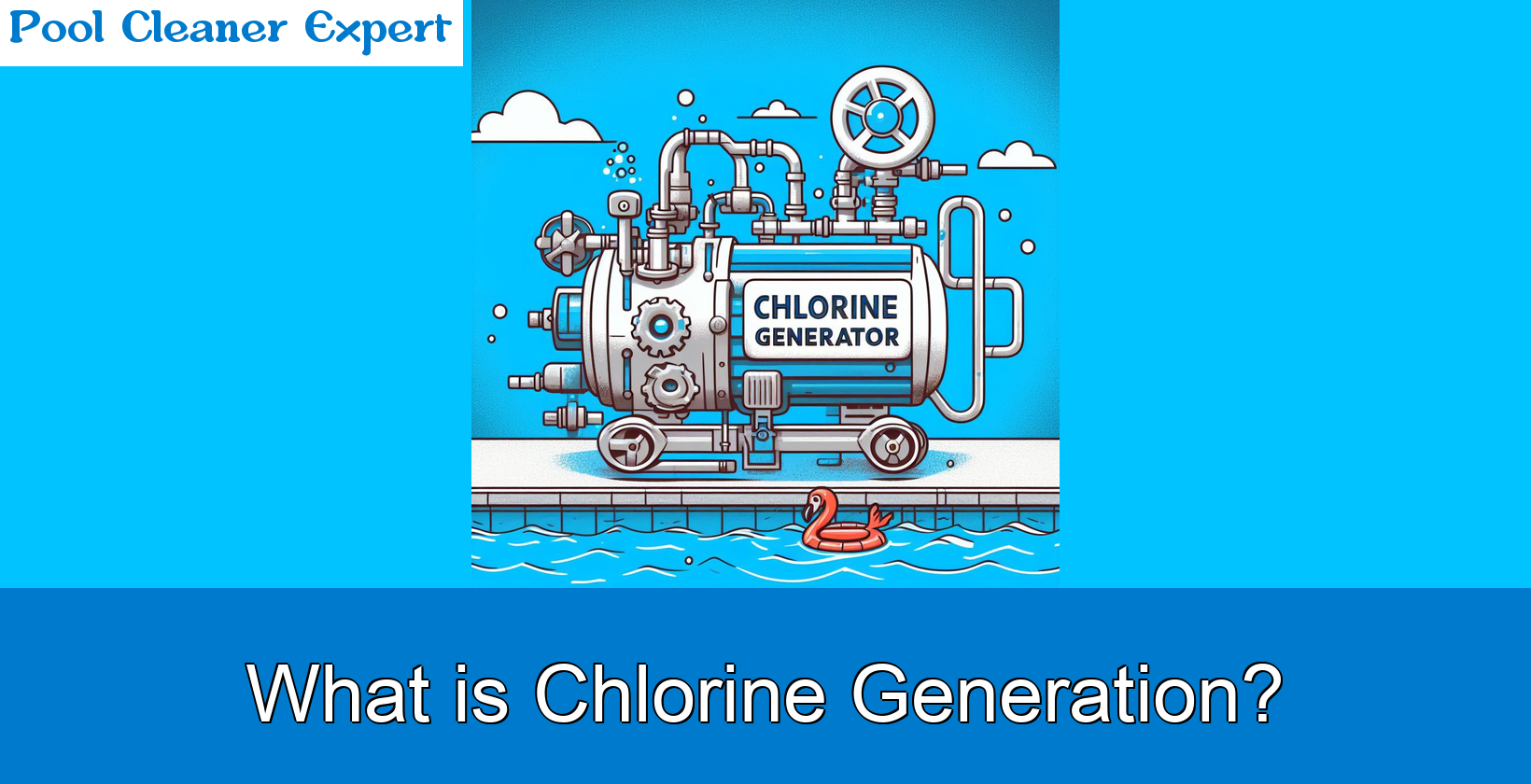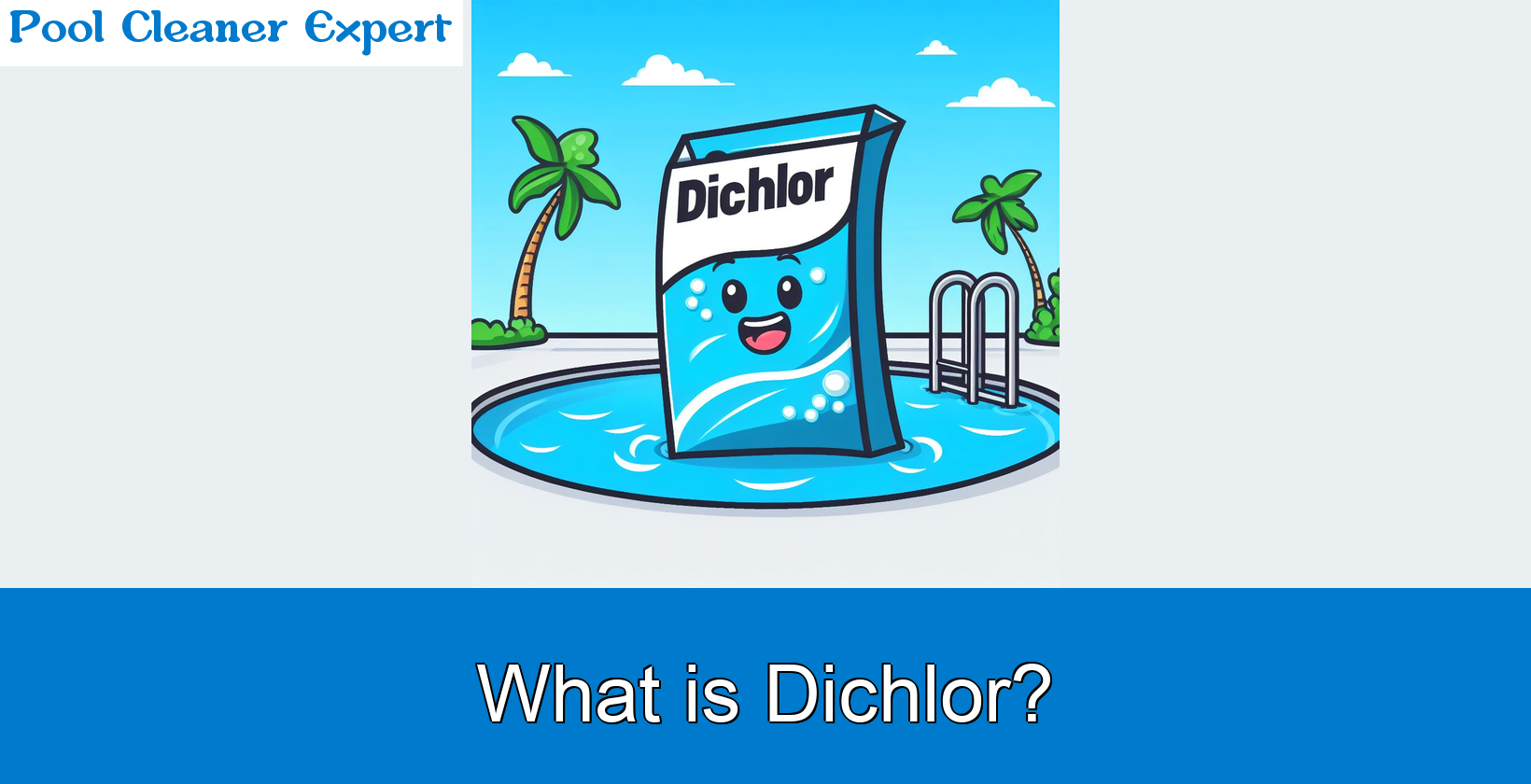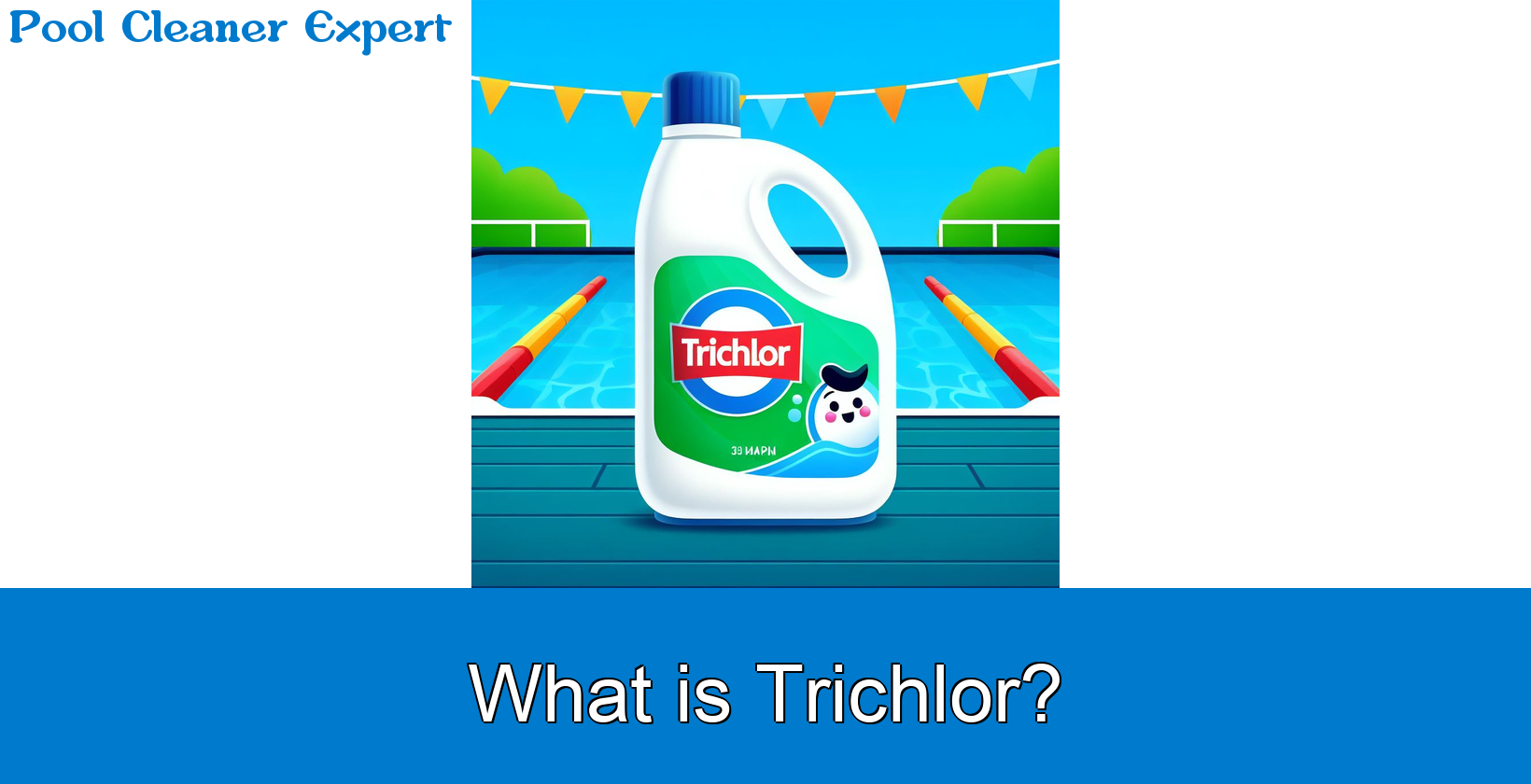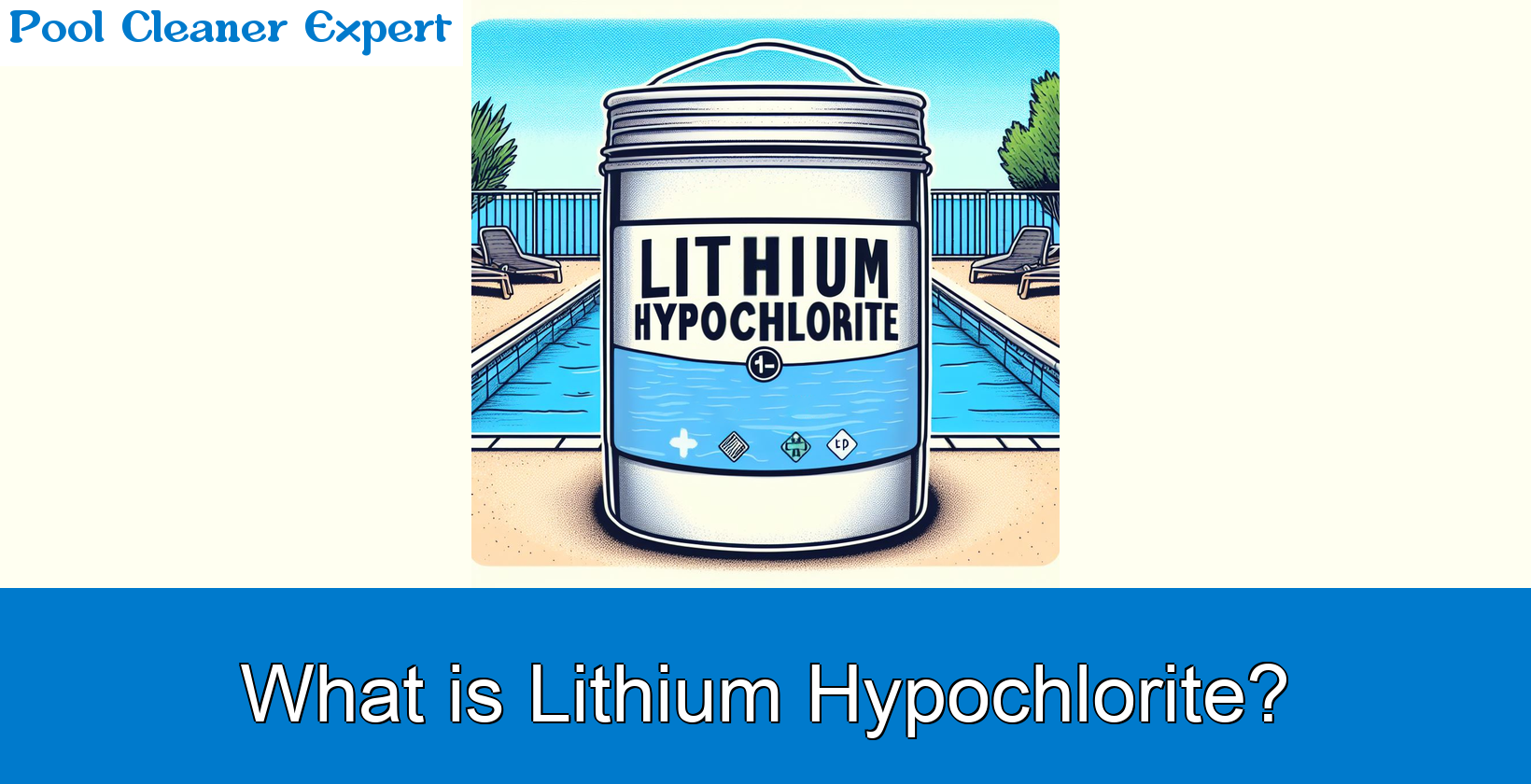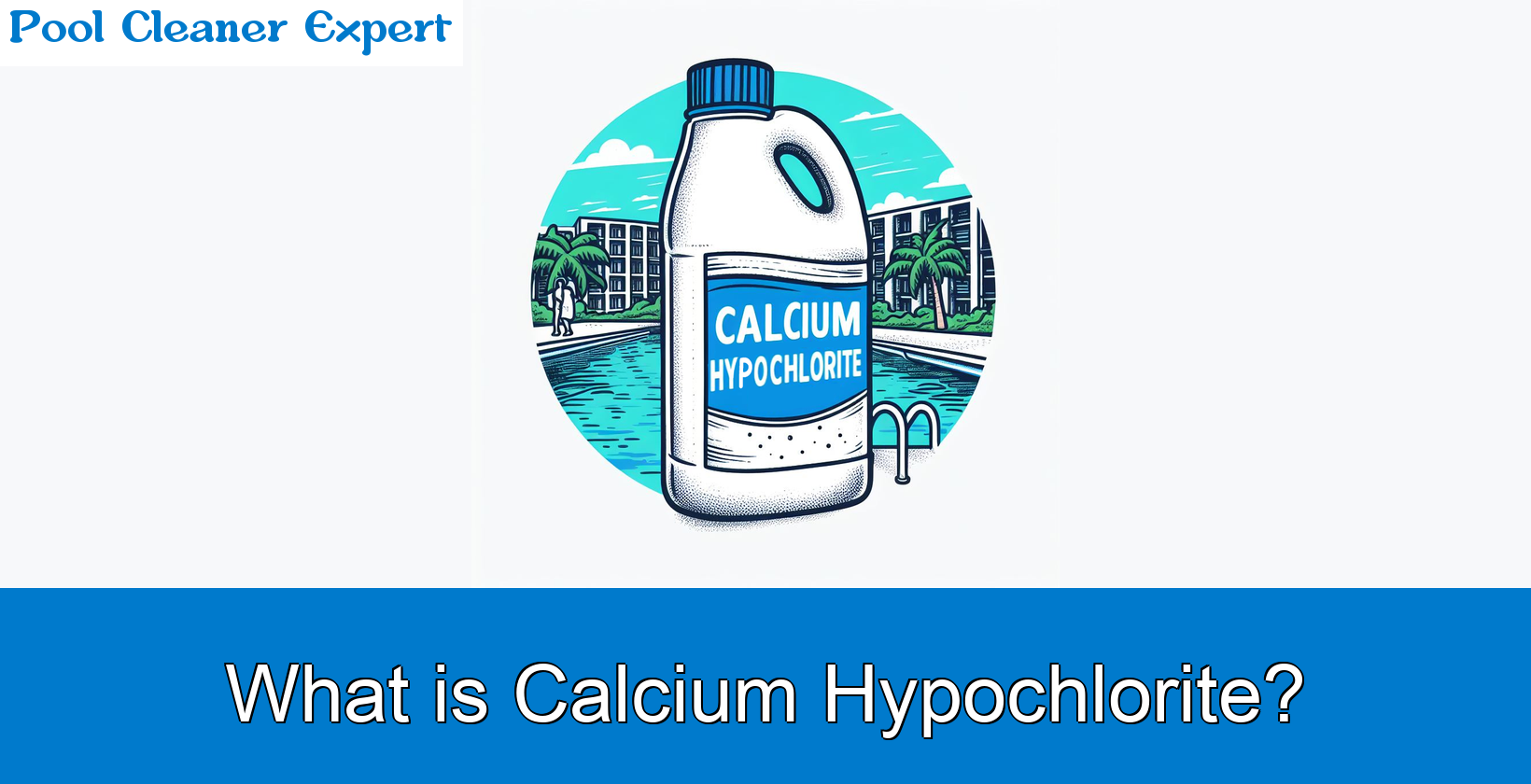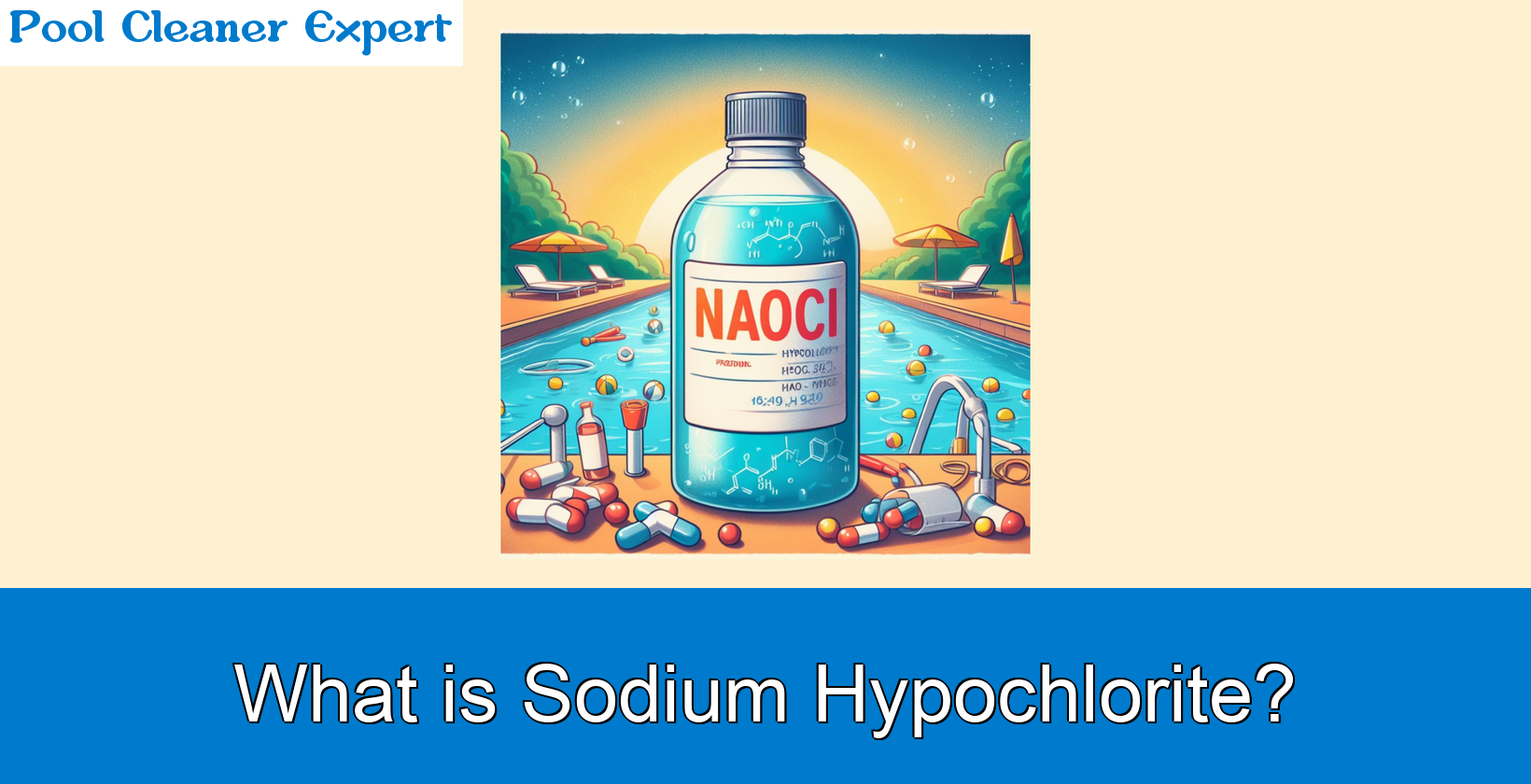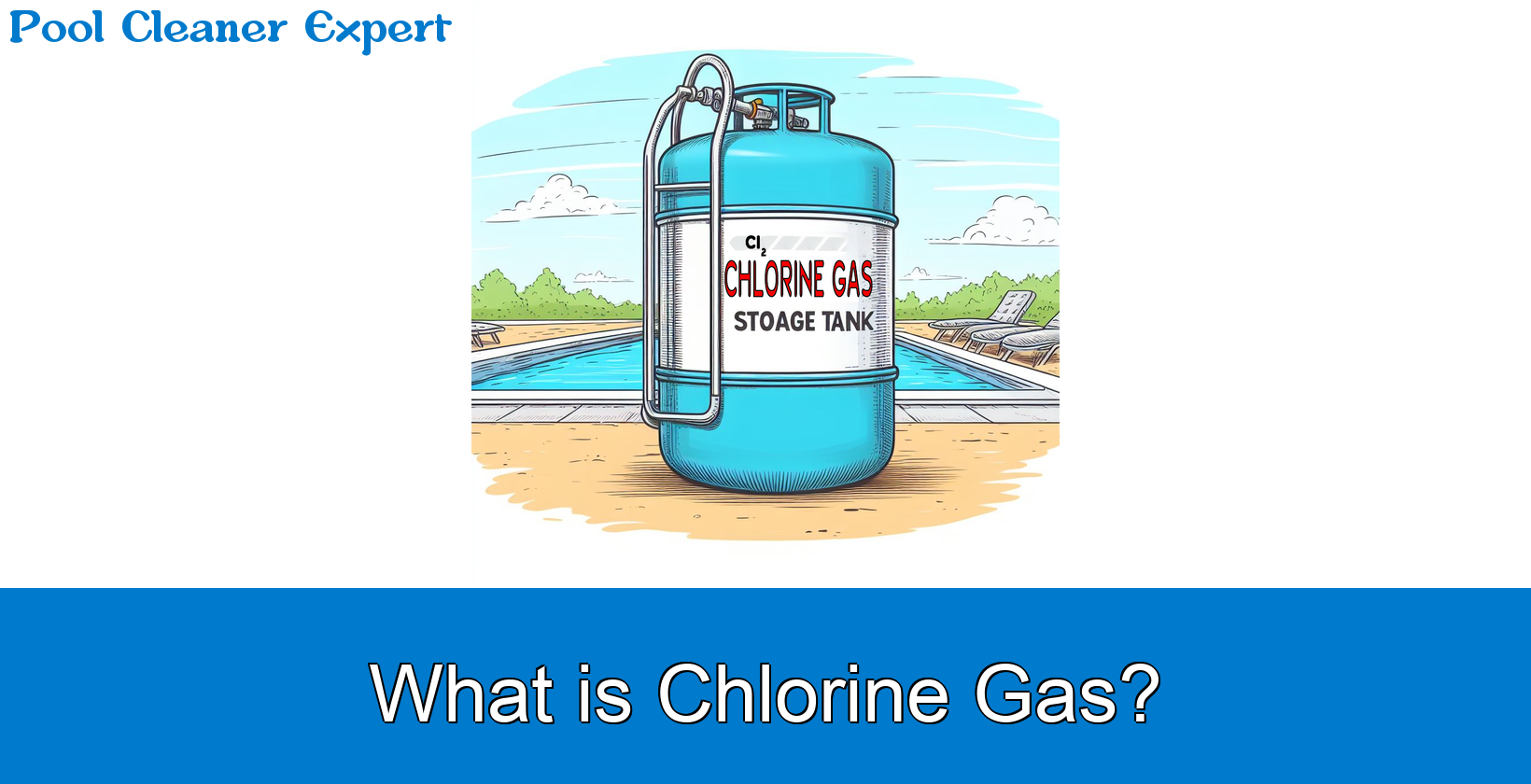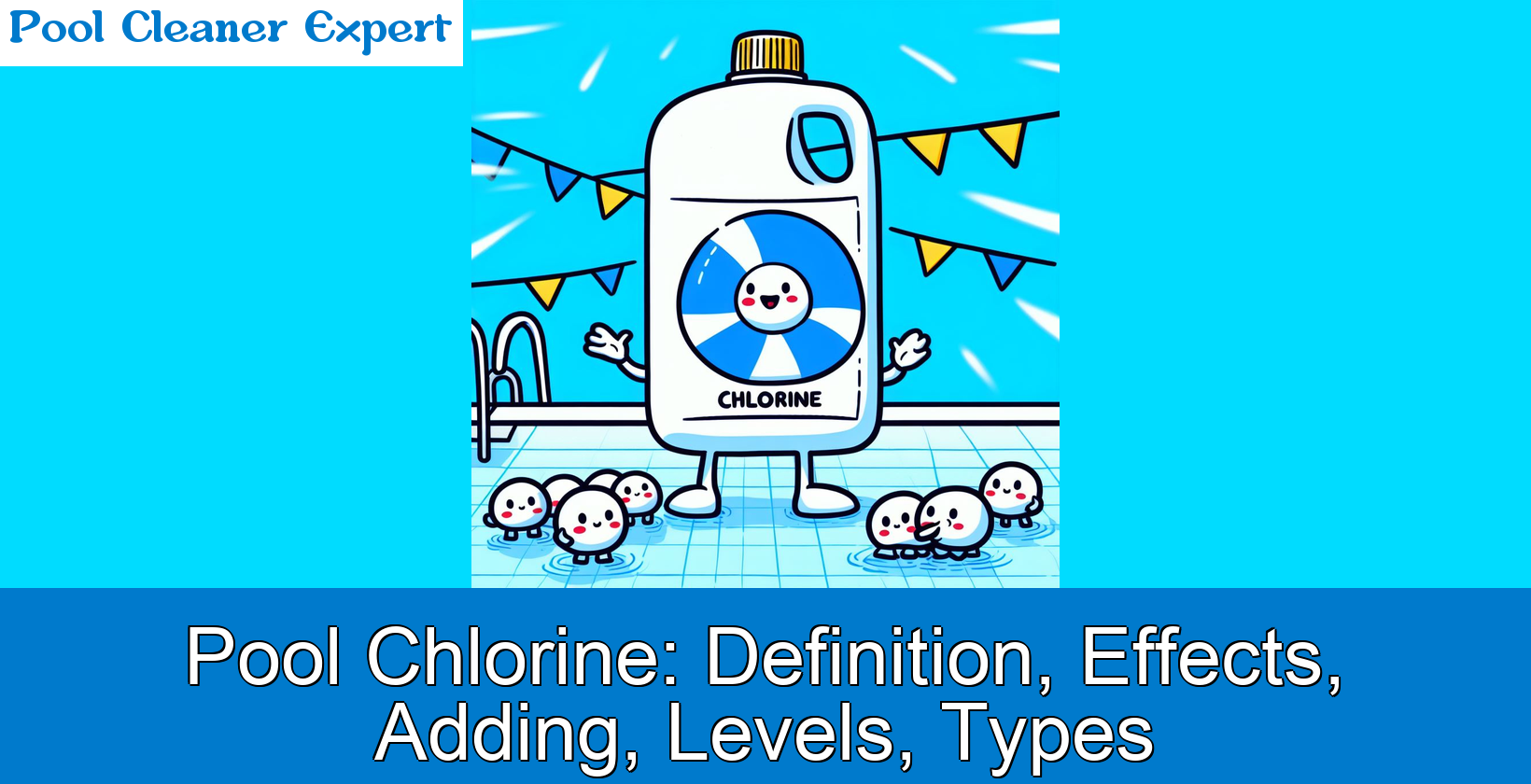Category: Chlorine
-

Oxidation in Pools: All you Need to Know
Oxidation is a chemical process used in swimming pools to remove organic waste and kill bacteria. This process involves the use of oxidizers, which can include substances like chlorine, bromine, ozone, monopersulfate, hydrogen peroxide, and other sanitizers or disinfectants. Oxidation is crucial in maintaining the cleanliness and safety of the water, as it helps to…
-

Advanced Oxidation Process (AOP) in Pools: All You Need to Know
The Advanced Oxidation Process (AOP) is a chemical treatment that uses reactions with hydroxyl radicals to eliminate organic and occasionally inorganic substances from water. AOP enhances the decomposition of ozone into hydroxyl radicals using hydrogen peroxide, producing radicals faster than standard ozone decomposition. The process combines ozone and UV into one system to maximize disinfection,…
-

Ultraviolet (UV) Light in Pools: All You Need to Know
Ultraviolet Light (UV) is electromagnetic radiation with a shorter wavelength than visible light. UV light is part of the sun’s light spectrum or is artificially generated. It is divided into three wavelengths: UV-A (315-400 nanometers), UV-B (290- 315 nanometers), and UV-C (220-290 nanometers). UV light is used to generate ozone and as a supplemental disinfectant…
-

Ozone in Pools: All You Need to Know
Ozone is used to supplement disinfectants like chlorine or bromine in pool or spa water. Ozone (O3) is a colorless, odorless gas used for water sanitation. Ozone consists of three atoms of oxygen and is a highly reactive form of oxygen. Ozone is one of the strongest known oxidizers, capable of annihilating organisms by cutting…
-

Bromine in Pools: All You Need to Know
BCDMH (Bromine) is a stabilized, organic compound that comes in granular form or tabs. Bromine has 27% available chlorine and 95.5% active strength. In a 1% solution, bromine lowers the pH to 4.8. Bromine is a generic term for any chemical that releases hypobromous acid when dissolved in water. Bromine is a halogen, similar to…
-

Chlorine Generation in Pools: All You Need to Know
Chlorine generation is the process of producing chlorine gas, typically through electrolysis. This involves using a chlorine generator that uses resources like salt, electricity, and water. The generator has a plastic tank divided into two compartments by a filter-type membrane. When electricity separates chlorine from sodium in the salt solution compartment, chlorine gas is generated.…
-

Dichlor in Pools: All You Need to Know
Dichlor is a stabilized, organic compound that appears in granular form. Dichlor provides 56-63% available chlorine and more than 99% active strength. In a 1% solution, dichlor has a neutral effect on the pH, maintaining the pH level between 6.5 and 6.8. Dichlor refers to sodium dichlorostriazinetrione. Dichlor is a white granular, fast-dissolving chlorine compound…
-

Trichlor in Pools: All You Need to Know
Trichlor is a stabilized, organic compound that comes in granular form or tabs. Trichlor has 90% available chlorine and more than 99% active strength. In a 1% solution, trichlor lowers the pH to a range of 2.8 to 3.5. Trichlor, also known as trichloro-s-triazinetrione or trichloroisocyanuric acid, is a chlorine compound that provides 90% available…
-

Lithium Hypochlorite in Pools: All You Need to Know
Lithium hypochlorite is an unstabilized, inorganic compound that appears in granular form. Lithium hypochlorite provides 35% available chlorine and 29% active strength. In a 1% solution, it raises the pH to 10.8. Lithium hypochlorite, also known as Lithium Hypo, is a white powder or granule with a high pH (10.8). It provides 35% available chlorine…
-

Calcium Hypochlorite (Cal Hypo) in Pools: All You Need to Know
Calcium hypochlorite, an unstabilized, inorganic compound, is available in granular form, tabs, or briquettes. It offers 47-78% available chlorine and the same percentage of active strength. In a 1% solution, it raises the pH to a range of 8.5 to 11. Calcium hypochlorite, also known as Cal Hypo, is a chemical compound with the formula…
-

Sodium Hypochlorite? (Liquid Chlorine) in Pools: All You Need to Know
Sodium Hypochlorite is an unstabilized, inorganic compound that comes in a liquid form. It has a chlorine availability of 10-12% and an active strength of 10-12%. When used in a 1% solution, it raises the pH to a level between 9 and 14. Sodium hypochlorite (NaOCl) is a liquid solution containing approximately 15 percent chlorine.…
-

Chlorine Gas in Pools: All You Need to Know
Gas chlorine is an unstabilized, inorganic compound that exists in a gaseous state. It has 100% available chlorine and the same percentage of active strength. In a 1% solution, gas chlorine lowers the pH to 0. Chlorine gas is a greenish-yellow gas that is 2.5 times heavier than air. It is used in various industries,…
-

Pool Chlorine: Definition, Effects, Adding, Levels, Types
Swimming pool chlorine refers to the chemical compound used to sanitize and disinfect pool water. It is commonly used in the swimming pool and spa industry as the primary sanitizer. Chlorine emerges in different forms, such as gas chlorine (chlorine gas), liquid chlorine (bleach or sodium hypochlorite), or chlorinating granules (such as sodium dichloroisocyanurate). Chlorine…
